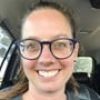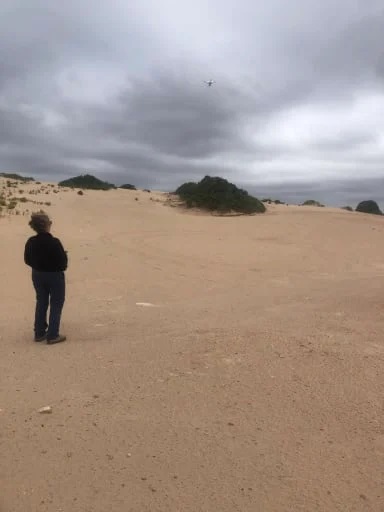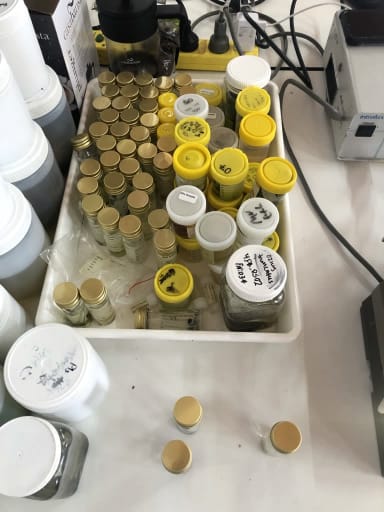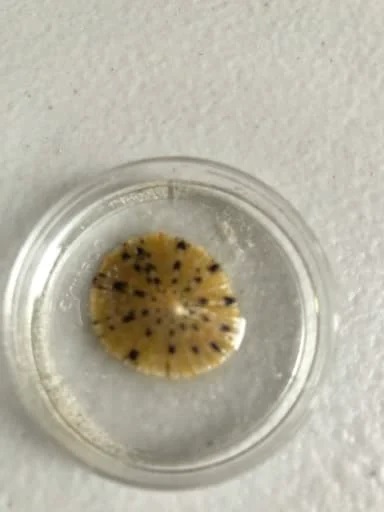Drone in the Dunes

Sarah Todd
Today was a quiet day... compared to yesterday as I spent 12 hours out in the car sampling along the coastline. It gave me time to add some photos to seesaw and to assist with some identification of marine invertebrates from yesterday's trip to Head of Bight.
It gave me the chance to look through some organism identification books with keys to help separate specimens into genus or species groups. Imagine having a photo of something and needing to use a dictionary with pictures and wording with clues to describe different characteristics of the specimen sample.
Then I was asked by the marine zoology team to join them on an outing to Mexican hat lookout and to search the "wrack" for washed up surprises! A quick drive (compared to yesterday) and we had arrived. Out comes the drone from the South Australian Museum, it was huge and quite heavy duty. It was flown into the area above us and was taking photos of the dunes and surrounding shoreline. It hadn't occurred to me how beneficial this type of technology could be for science. Sabine, a Marine Zoologist from Flinders University talked to me about how this drone could survey the landscape and look for changes over time. This method of observation and data collection has been used in this are for collection of Southern Right Whale community and breeding data.
I know it sounds disgusting, but what an awesome idea. A drone to collect whale snot! The snot is used by researchers to do health check-ups on the giant mammals — and even to identify whales that are pregnant. STEM at it's finest!




